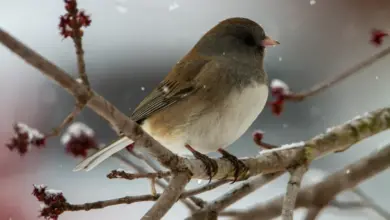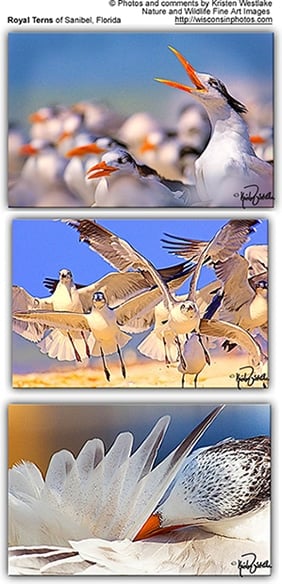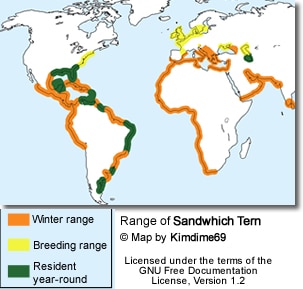Hummingbirds and Orioles: Feeders and Food + recipes and instructions
Feeders and Food
Putting up hummingbird feeders comes with the heavy responsibility of offering them fresh, healthy food and safe, clean feeders. Poorly maintained hummingbird feeders and contaminated sugar water causes disease and death.
Sugar water will grow bacteria and mold quite quickly and it is important that at the very least, the feeders need to be taken down and SANITIZED and fresh sugar water added. Even more frequently in hot / humid climates.
If you see spots of mold, scrub with a brush and rinse the feeder with a 5% dilute bleach-water solution. Rinse thoroughly before adding fresh sugar-water.
Replace old nectar with fresh sugar water every week in spring and fall, every two to three days as it warms up,
How often do I have to change the sugar-water:
- Daily if the temperature rises above 85 degrees.
- In the summer if the temperatures are below 85 degrees every 2- 3 days
- In spring, fall (unless unusually warm) and winter, replace sugar water at least once a wee
Don’t have time for that?
For those who do not have the time or commitment to ensure that, it would be a better choice for them to plant favorite feeding flowers in their garden. Listing of plants hummingbirds are fond of. Also visit the “Attracting Hummingbirds” webpage for more information.
Deciding to Putting Up Hummingbird Feeders
Hummingbirds readily accept sugar-water from bird feeders. These feeders allow people to observe and enjoy them up close, while providing the hummers with a reliable source of energy that is particularly needed outside the flowering seasons, when flower blossoms are not readily available.
There are some that feel that keeping bird feeders up in the fall will prevent hummingbirds from migrating — however, the urge to travel long distances to and from their breeding territories is brought on by hormonal changes triggered by changing environmental conditions, such as shorter or longer days, environmental temperatures, as well as availability of food.
Sometimes hummingbirds that typically migrate south to winter in the warmer tropics stay put in their northern breeding range. This could be caused by a combination of temperate climate (or unusual mild winters) and access to food (which could be winter blooming flowers or bird feeders). It could also be that they were sick, weak or injured at the time when other hummingbirds were starting their migration. All those hummingbirds that remained behind heavily rely on bird feeders to get them through the winter.
It is important to make sure that bird feeders are available during the winter IF hummingbirds are still present, as they at that time more than at any other depend on them as their main food source. It is usually recommended to keep hummingbird feeders up for another 2 to 3 weeks after the last hummingbird was seen feeding from it.
There are more than 300 species of hummingbirds in the Western Hemisphere, and, if you provide them with food, you’re bound to see at least a couple of them at your window. Humming bird feeder shapes and colors are designed to attract hummingbirds – so it is unnecessary for you to add colored dye to the nectar, which would even be harmful to these beautiful creatures.
Hummingbirds must at a minimum consume up to 50 percent of their body weight in nectar each day. With a lightning-quick metabolism that any calorie-counting human would envy, a hummingbird must be devoted to the job of finding food.
Other birds also regularly visit hummingbird feeders, such as orioles, woodpeckers and bananaquits. In the southwestern United States, two nectar-drinking bat species – Leptonycteris yerbabuenae and Choeronycteris mexicana – also visit hummingbird feeders to supplement their natural diet of nectar and pollen. Larger birds / mammals sometimes tip the hummingbird feeder and draining the liquid.
Insects, such as bees, wasps, and ants are also attracted to the sugar-water solution. They may crawl into the feeder, where some of them become trapped and drown. Below are some tips for keeping bees and potentially other insects away:
- Peppermint: Bees don’t like the smell of peppermint, so if you add peppermint plants around your house, they will avoid the plants and, by default, your house.
- Cinnamon: Sprinkle cinnamon in areas that bees frequent. Do it daily for at least a week, but it will have a lasting effect.
- Baby powder: Sprinkle organic baby powder around any areas bees are typically seen
Bears are also attracted to hummingbird feeders. They love sweet foods and will tip feeders over to get to the sugar water. These often turn into “problem bears” as they associate humans with food and will hang around in gardens causing considerable damage and possibly could harm pets and children. And oftentimes, the only way to resolve this is to kill them.
Therefore, it is important to avoid attracting bears and take down your feeders at night. Hummers don’t feed at night — but bears do. Not only will you save yourself a lot of trouble, but by avoiding such an issue, you could save a bear’s life.
Best foods to use
- White granulated sugar is proven safe to use in hummingbird feeders. Do NOT use brown sugar as it contains about five times as much iron as white sugar. Hummingbirds cannot tolerate much iron in their diets and iron can easily poison them.
- The recommended ratio is 1 cup sugar to 4 cups water. Boil the nectar first and then allow to cool it down before use – to help deter the growth of bacteria and yeasts.
What not to use
- Powdered sugars contain corn starch, which can contribute to premature fermentation of the nectar.
- Brown, turbinado, and raw sugars contain iron, which can be deadly to hummingbirds if consumed over long periods.
- Honey is made by bees from the nectar of flowers, but it contains sugars that are less palatable to hummingbirds and promotes the growth of potentially harmful microorganisms.
- Red food dye is often added to homemade solutions. Commercial products sold as “instant nectar” or “hummingbird food” may also contain preservatives and/or artificial flavors as well as dyes. The long-term effects of these additives on hummingbirds have not been studied, but studies on laboratory animals indicate the potential to cause disease and premature mortality at high consumption rates. Although some commercial products contain small amounts of nutritional additives, hummingbirds obtain all necessary nutrients from the insects they eat. This renders the added nutrients unnecessary.
For best results, wash the feeder with equal parts water and white vinegar–this will help protect birds from bacteria and disease. Avoid chemical cleaners that might poison birds.
The following plants attract hummingbirds to your garden:
Plumleaf Azalea (Rhododendron prunifolium), Trumpet Honeysuckle, Trumpet Vines, Honeysuckle, Monarda, Coral Bells, Salvia, Fuchsia, Petunia, Corydalis, Impatiens, Firecracker, Lillies, Belladonnas, Hibiscus, Lantanna, Snapdragon, Ivy Geraniums, Cigar Plant, Quince…there are many.
Red seems to be their favorite color, but other colored flowers work too.
They visit lots of flowers to get a little nectar. Hummingbirds will also eat insects visiting and living in the plants and even make nests from spider webs.
Plant nectar producing flowers in window boxes and view them from your home.
Hummingbird Resources
- Hummingbird Information
- Hummingbird Amazing Facts
- Attracting Hummingbirds to Your Garden
- Hummingbird Species
- Feeding Hummingbirds




